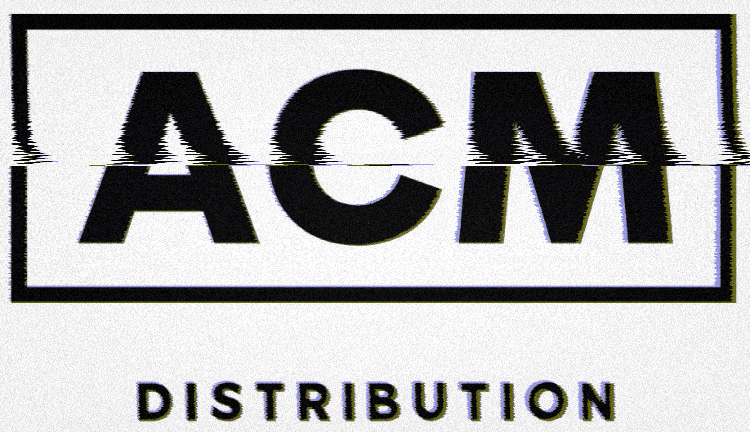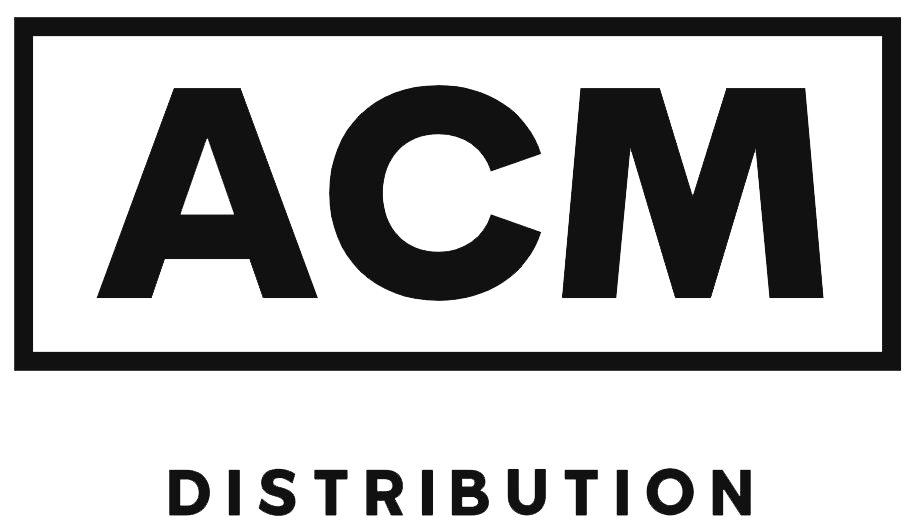Ceilings are more than just a finishing touch in a building. They contribute to insulation, acoustics, aesthetics, and overall comfort. Whether you’re designing a modern office, renovating a home, or upgrading a commercial space, selecting the right ceiling type is crucial. In this guide, we’ll explore different ceiling options, their advantages, and the best applications for each.
1. Suspended Ceilings (Drop Ceilings)
What Are Suspended Ceilings?
Suspended ceilings, also known as drop ceilings or false ceilings, are one of the types of ceilings that consist of a grid system supporting lightweight tiles or panels. This ceiling type is widely used in commercial and residential buildings due to its versatility and ease of installation.
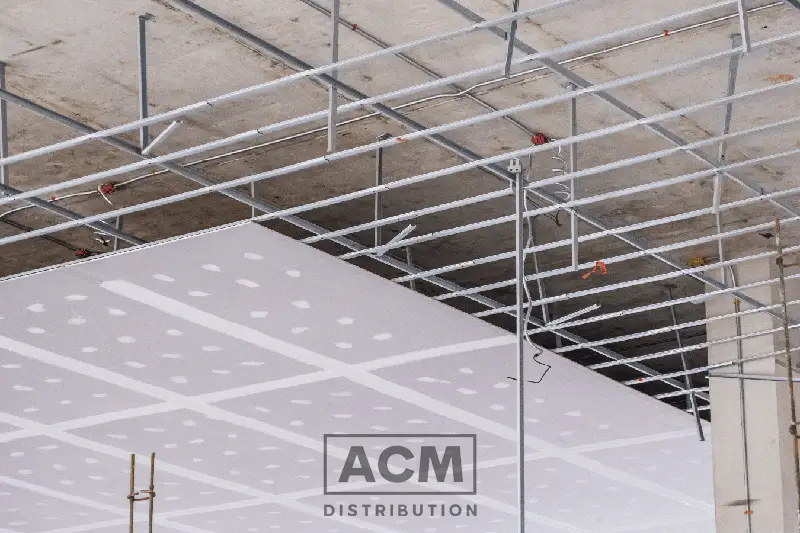
Advantages:
-
- Conceals infrastructure – Ideal for hiding electrical wiring, pipes, and HVAC systems.
- Improves acoustics – Many ceiling tiles have sound-absorbing properties, reducing echo and noise.
- Fire resistance – Some tiles provide additional fire safety.
- Easy maintenance – Individual tiles can be replaced without affecting the entire ceiling.
Best Applications:
-
- Offices and corporate buildings – Enhances professional aesthetics and soundproofing.
- Hospitals and schools – Provides easy access to maintenance systems.
- Basements – A cost-effective solution for finishing lower levels of a home.
Upgrade Your Space:
Transform your interiors with our premium suspended ceiling panels and accessories for an elegant, functional finish.
2. Drywall (Plasterboard) Ceilings
What Are Drywall Ceilings?
A drywall ceiling, also known as a plasterboard ceiling, is one of the types of ceilings that consist of gypsum panels attached directly to ceiling joists or frames. This option provides a seamless and polished look.
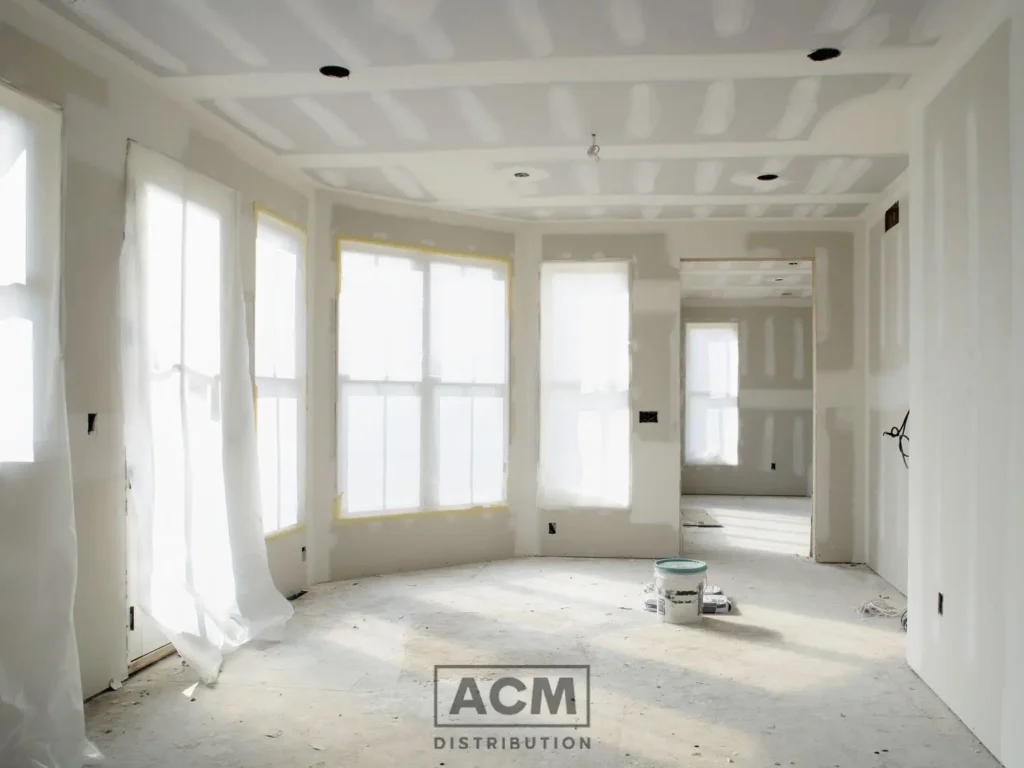
Advantages:
-
- Smooth surface – Ideal for painting, texturing, or adding decorative moldings.
- Cost-effective – More affordable than some other ceiling types.
- Fire-resistant – Gypsum has natural fire-retardant properties.
- Durable and easy to repair – Minor damages can be patched effortlessly.
Best Applications:
-
- Residential interiors – Living rooms, bedrooms, and kitchens.
- Commercial buildings – Office spaces and hotel lobbies.
- Retail stores – Provides a polished, clean aesthetic.
Get a Flawless Finish:
Choose from a range of high-quality plasterboard and finishing accessories for your next project.
3. Wooden Ceilings
What Are Wooden Ceilings?
Wooden ceilings are one of the types of ceilings that use natural timber panels or beams to create a warm and luxurious atmosphere. This style is popular in both modern and rustic interiors.
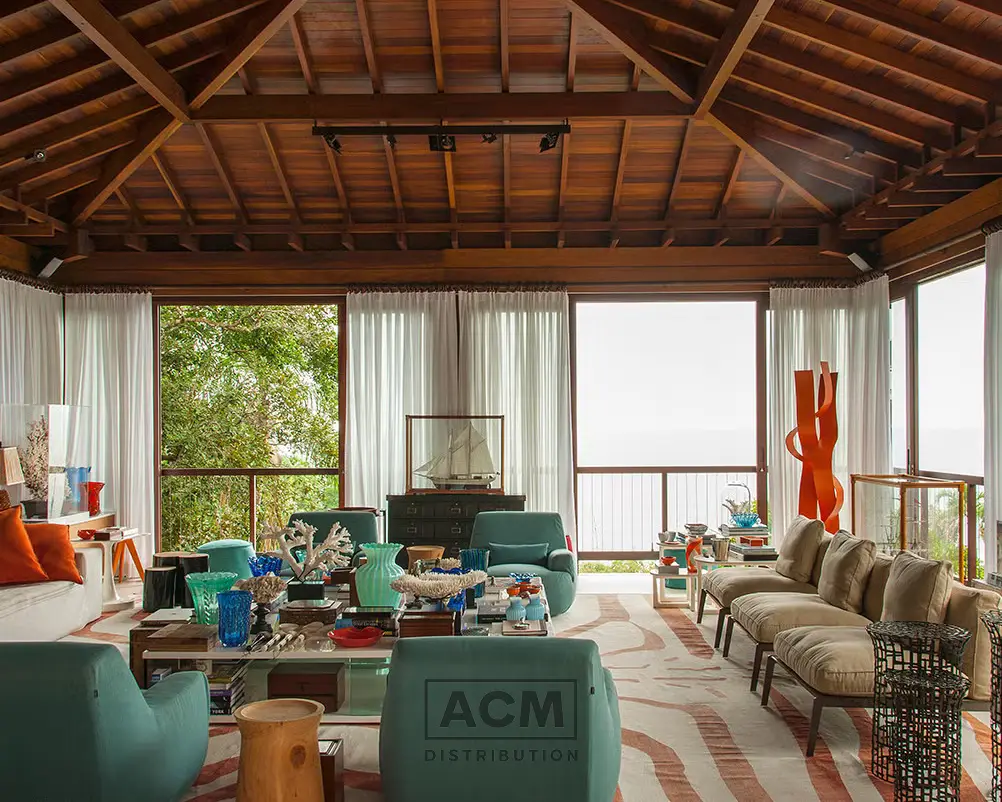
Advantages:
-
- Aesthetic appeal – Adds warmth and character to any space.
- Eco-friendly option – Sustainable wood choices support green building practices.
- Excellent insulation – Enhances energy efficiency by regulating temperature.
- Durable and long-lasting – With proper care, wooden ceilings remain intact for decades.
Best Applications:
-
- High-end residential properties – Luxury homes and penthouses.
- Restaurants and hospitality spaces – Enhances the ambiance.
- Office spaces – Adds a sophisticated, nature-inspired feel.
Bring Nature Indoors:
Explore our range of wood panels and ceiling beams to create a stylish and inviting atmosphere.
4. Metal Ceilings
What Are Metal Ceilings?
Metal ceilings are one of the types of ceilings often made from aluminum or steel, providing a sleek, industrial look and exceptional durability.
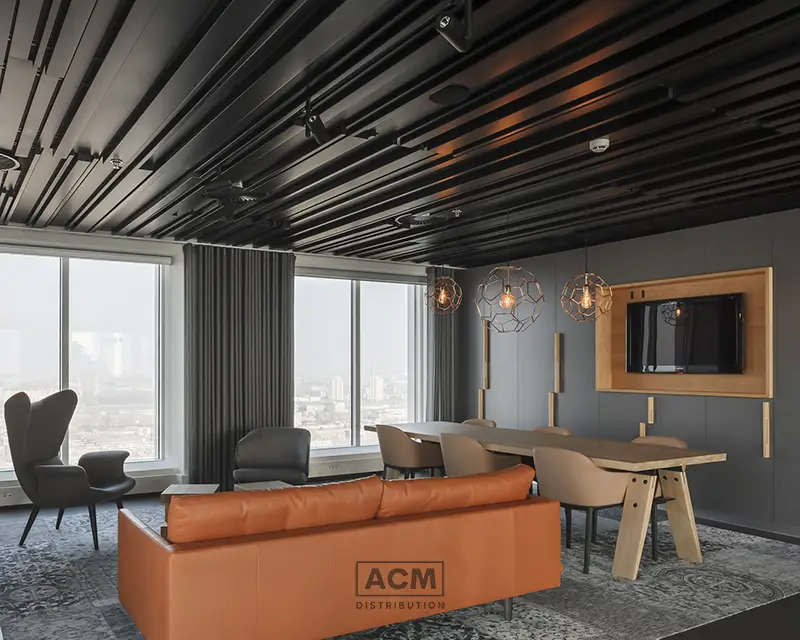
Advantages:
-
- Fire-resistant and moisture-proof – Ideal for humid or high-temperature environments.
- Easy to clean and maintain – Requires minimal upkeep.
- Reflects light – Brightens up rooms, reducing energy costs.
Best Applications:
-
- Commercial kitchens – Resistant to grease and moisture.
- Transport hubs – Airports and train stations.
- Modern industrial spaces – Adds an urban-chic touch.
Upgrade to Industrial Elegance:
Check out our metal ceiling panels and accessories for a bold and contemporary look.
5. Coffered Ceilings
What Are Coffered Ceilings?
Coffered ceilings are one of the types of ceilings that feature recessed, decorative panels arranged in a grid pattern, adding depth and elegance to any space.
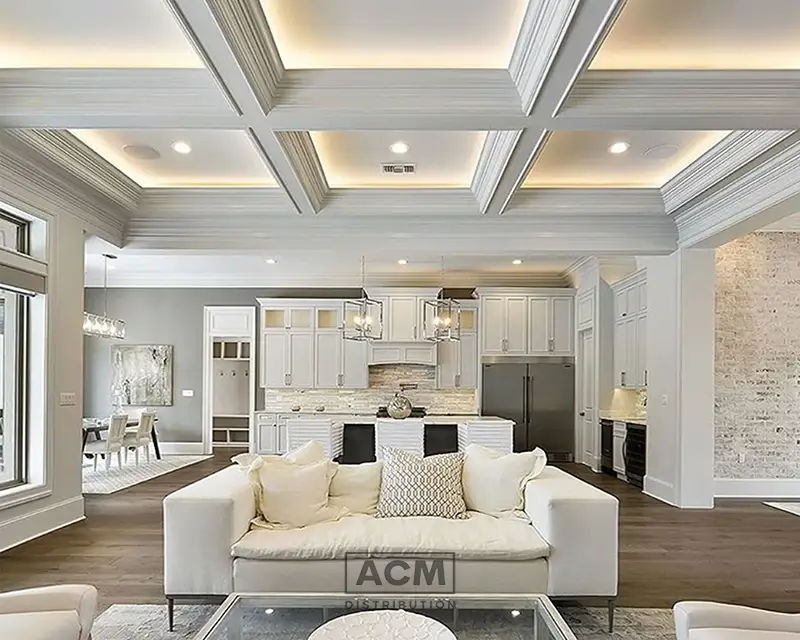
Advantages:
-
- Luxurious aesthetics – Enhances sophistication and grandeur.
- Acoustic benefits – Helps to absorb sound and reduce echo.
- Adds property value – A desirable architectural feature in upscale homes.
Best Applications:
-
- Luxury homes – Dining rooms, libraries, and master bedrooms.
- Hotel lobbies – Creates an opulent impression.
- Boardrooms and offices – Elevates corporate spaces.
Create a Timeless Look:
Browse our selection of coffered ceiling materials for high-end design.
6. Vaulted Ceilings
What Are Vaulted Ceilings?
Vaulted ceilings are one of the types of ceilings that feature high, sloped, or arched designs, creating an expansive and airy atmosphere.
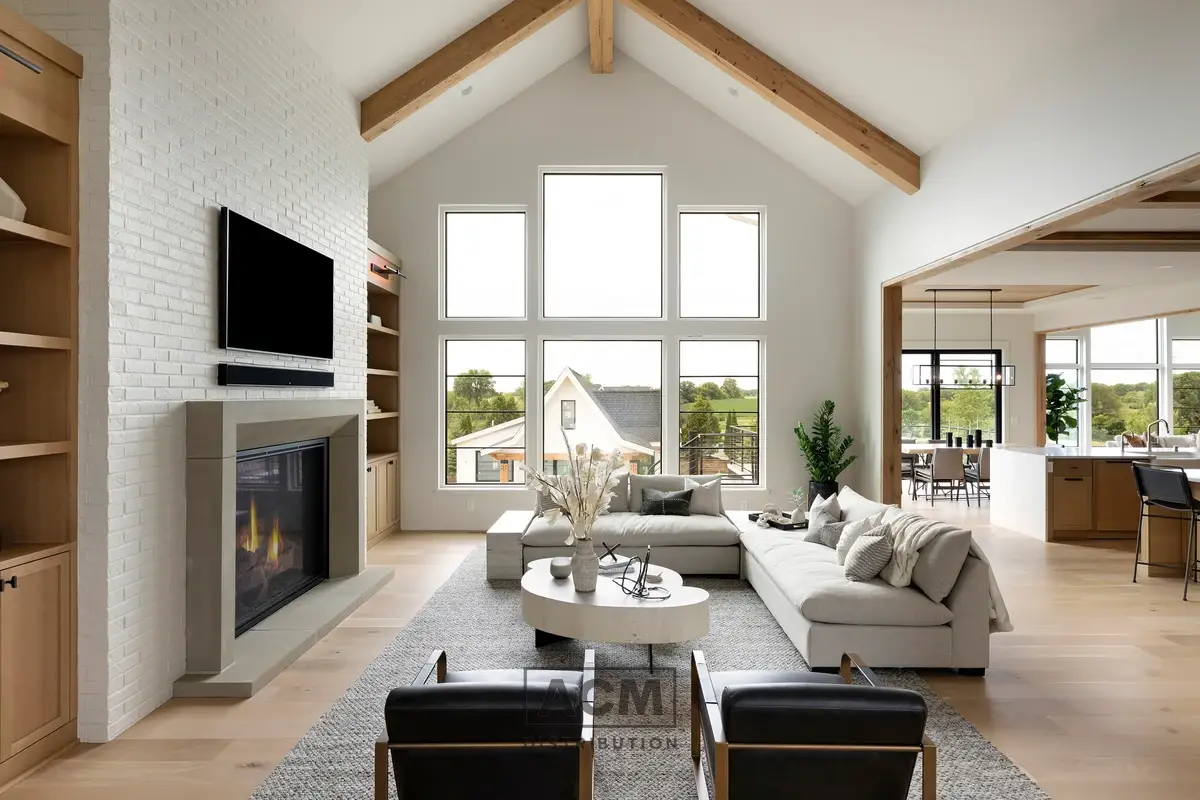 Advantages:
Advantages:
-
- Creates a sense of openness – Makes spaces feel larger and brighter.
- Allows for large windows – Maximizes natural light and ventilation.
- Architecturally impressive – Adds a dramatic and elegant touch.
Best Applications:
-
- Luxury homes and villas – Living rooms and entryways.
- Churches and historic buildings – Enhances traditional architecture.
- Retail stores and galleries – Creates an eye-catching, spacious effect.
Expand Your Horizons:
Find the perfect vaulted ceiling materials to achieve a breathtaking interior.
7. Exposed Ceilings
What Are Exposed Ceilings?
Exposed ceilings are one of the types of ceilings that leave beams, ductwork, and pipes visible, creating an industrial-style aesthetic.
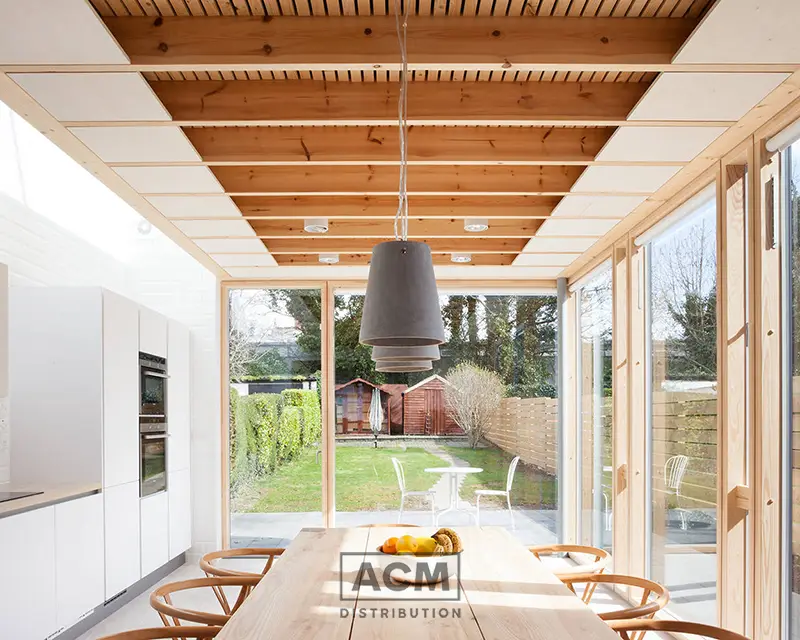
Advantages:
-
- Trendy, modern design – Popular in urban lofts and workspaces.
- Cost-effective – Eliminates the need for additional ceiling coverings.
- Easy maintenance – Provides direct access to mechanical systems.
Best Applications:
-
- Loft apartments – Complements contemporary designs.
- Creative workspaces – Adds a raw, artistic feel.
- Restaurants and cafes – Creates a stylish, urban look.
Embrace Industrial Charm:
Browse our exposed ceiling components for a modern, open-concept style.
Choosing the Right Ceiling for Your Project
| Ceiling Type | Key Benefit | Best for… |
|---|---|---|
| Suspended | Conceals wiring & improves acoustics | Offices, hospitals, basements |
| Drywall | Cost-effective & fire-resistant | Homes, hotels, offices |
| Wooden | Warm & luxurious | High-end homes, restaurants |
| Metal | Durable & moisture-resistant | Kitchens, industrial spaces |
| Coffered | Elegant & detailed | Luxury homes, boardrooms |
| Vaulted | Expansive & airy | Churches, villas, retail stores |
| Exposed | Industrial & stylish | Lofts, cafes, creative studios |
Final Thoughts
Selecting the right ceiling type depends on your project’s needs, whether you’re prioritizing aesthetics, function, or cost-effectiveness. From modern suspended ceilings to timeless coffered designs, every choice impacts your space’s ambiance.
Ready to transform your interiors?
Browse the full collection of ceiling materials and bring your vision to life!
